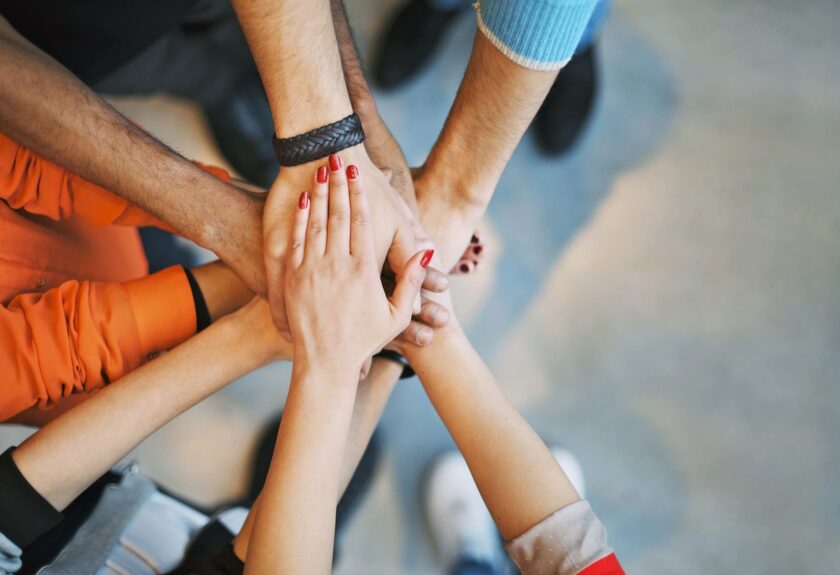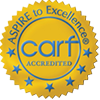September marks two vital observances—Suicide Prevention Month and National Recovery Month. Both aim to raise awareness, offer support, and spread hope for individuals and families impacted by suicide, addiction, and substance abuse.
Defining Suicide Prevention and Recovery:
- Suicide Prevention: Suicide prevention involves recognizing the risk factors and warning signs of suicidal thoughts or actions, providing support, and promoting access to mental health resources. The goal is to reduce the risk and save lives.
- National Recovery Month (Recovery Month): started in 1989, is observed every September to promote and support evidence-based treatment and recovery practices. It highlights the strength of the recovery community and honors the dedication of service providers and communities who make recovery possible in all its forms.
The Intersection of Suicidal Thoughts and Addiction:
Suicidal thoughts and addiction often go hand in hand. Both conditions can stem from trauma, mental health disorders, and feelings of hopelessness. Addiction can heighten the risk of suicidal ideation due to its impact on mental health, relationships, and overall well-being. Likewise, people struggling with suicidal thoughts may turn to drugs or alcohol as a way to cope, creating a dangerous cycle.
Understanding this overlap is essential for providing the right support and care.
How to Be a Safe Space for Loved Ones:
Being a safe space means offering nonjudgmental support and understanding. Here’s how you can be that safe space for someone struggling with suicidal thoughts or addiction:
- Listen without judgment: Sometimes, the most powerful thing you can do is listen and be present. Avoid offering solutions right away or minimizing their feelings.
- Encourage open conversations: Let your loved one know that it’s okay to talk about their feelings, fears, and struggles. Reassure them that they are not a burden.
- Show empathy: Understand that addiction and suicidal thoughts are deeply personal and complex. Show compassion, even if you don’t fully understand what they’re going through.
- Offer practical help: Sometimes, small acts of support—like helping with appointments, offering a distraction, or just checking in—can make a big difference.
Warning Signs to Watch For:
- Signs of Suicidal Ideation:
- Talking about feeling hopeless or being a burden
- Increased withdrawal from loved ones
- Unexplained mood swings or a sudden sense of calm (sometimes a sign of a final decision)
- Giving away personal items or making arrangements
- Signs of Addiction:
- Drastic changes in behavior or appearance
- Neglecting responsibilities at work or home
- Physical signs like bloodshot eyes, slurred speech, or unexplained injuries
- Increased secrecy or isolation
Prevention Methods:
- For Suicide Prevention:
-
- Encourage professional help: Therapy, counseling, or mental health services are crucial.
- Create a safe environment: Remove access to potential means of harm, such as weapons or medications.
- Stay connected: Frequent, caring check-ins can be lifesaving.
- For Addiction Prevention:
-
- Encourage early intervention: The sooner someone seeks help, the better the chances of recovery.
- Promote healthy coping mechanisms: Encourage activities like exercise, mindfulness, or creative outlets.
- Help them find professional treatment: Whether it’s outpatient care or rehabilitation, professional guidance is key.
Harm Reduction Strategies for Addiction: Harm reduction is an evidence-based approach that focuses on minimizing the negative consequences of substance use rather than demanding immediate cessation. It can be an essential tool in addiction prevention and support, particularly for individuals who are not ready or able to stop using substances completely. Some harm reduction strategies include:
- Needle Exchange Programs: These programs provide clean needles and syringes to reduce the risk of bloodborne infections such as HIV and hepatitis C among people who inject drugs.
- Naloxone Distribution: Naloxone, or Narcan®, is a medication that can reverse opioid overdoses. Making this life-saving drug accessible can prevent overdose deaths and encourage individuals to seek further treatment.
- Safe Consumption Spaces: These are supervised spaces where individuals can use drugs in a safe environment, reducing the risk of overdose and providing access to immediate medical care if needed.
- Education on Safer Drug Use: Educating individuals about the risks associated with drug use, such as mixing substances, can help reduce harm and promote informed decision-making.
- Substitution Therapies: For individuals with opioid addiction, medications like methadone or buprenorphine can offer a safer alternative to illicit drug use and help manage withdrawal symptoms.
Harm reduction strategies work to reduce the risk of fatal overdose, transmission of disease, and other health complications, while also offering support for those who may not be ready to commit to full abstinence. These approaches prioritize safety and dignity, providing individuals with the tools they need to eventually pursue recovery in a way that works for them.
Conclusion: In this month of awareness, let’s continue to show compassion, spread hope, and take meaningful steps to support those affected by suicide and addiction. Together, we can create safer spaces and offer the resources needed for healing and recovery. If you or a loved one needs support, don’t hesitate to reach out.
Call us at 984.200.2780.









